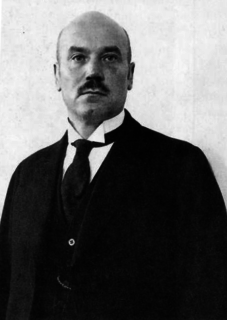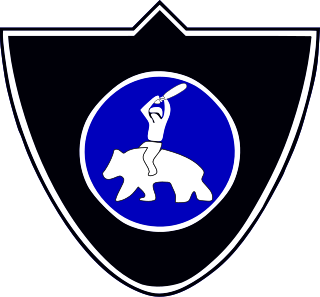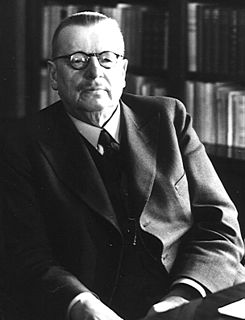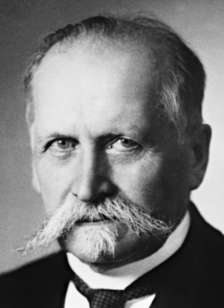
Kyösti Kallio was the fourth President of Finland (1937–1940). He was a prominent leader of the Agrarian League, and served as Prime Minister four times and Speaker of the Parliament six times.

Lauri Kristian Relander was the second President of Finland (1925–1931). A prominent member of the Agrarian League, he served as a member of Parliament, and as Speaker, before his election as President.

Aimo Kaarlo Cajander was, outside of botany, best known as Prime Minister of Finland up to the Winter War.

The Centre Party of Finland is a centrist, liberal, agrarian political party in Finland.
Parliamentary elections were held in Finland on 17 and 18 March 1945. The broad-based centre-left government of Prime Minister Juho Kusti Paasikivi remained in office after the elections.
Parliamentary elections were held in Finland between 1 and 3 July 1922. The Social Democratic Party remained the largest in Parliament with 53 of the 200 seats. The caretaker government of Professor Aimo Cajander (Progressive), that President Kaarlo Juho Ståhlberg had appointed in June 1922, following the resignation of Prime Minister Juho Vennola (Progressive), remained in office until Kyösti Kallio formed an Agrarian-Progressive minority government in November 1922. Voter turnout was 58.5%.
Parliamentary elections were held in Finland on 1 and 2 April 1924. Although the Social Democratic Party remained the largest in Parliament with 60 of the 200 seats, Lauri Ingman of the National Coalition Party formed a centre-right majority government in May 1924. It remained intact until the Agrarians left in November 1924. Voter turnout was 57.4%.
Parliamentary elections were held in Finland on 1 and 2 July 1927. Although the Social Democratic Party remained the largest in Parliament with 60 of the 200 seats, Juho Sunila of the Agrarian League formed an Agrarian minority government in December 1927. It remained intact until December 1928. Voter turnout was 55.8%.
Parliamentary elections were held in Finland on 1 and 2 July 1929. The result was a victory for the Agrarian League, which won 60 of the 200 seats in Parliament. Voter turnout was 55.6%.
Parliamentary elections were held in Finland on 1 and 2 October 1930. The Social Democratic Party emerged as the largest in Parliament with 66 of the 200 seats. Voter turnout was 65.9%.
Parliamentary elections were held in Finland between 1 and 3 July 1933. The Social Democratic Party remained the largest party in Parliament with 78 of the 200 seats. However, Prime Minister Toivo Mikael Kivimäki of the National Progressive Party continued in office after the elections, supported by Pehr Evind Svinhufvud and quietly by most Agrarians and Social Democrats. They considered Kivimäki's right-wing government a lesser evil than political instability or an attempt by the radical right to gain power. Voter turnout was 62.2%.
Parliamentary elections were held in Finland on 1 and 2 July 1939. Following the elections, the National Progressive Party-led government of Aimo Cajander continued in office. However, he was replaced by Risto Ryti's Progressive-led war government in December 1939.
Parliamentary elections were held in Finland on 1 and 2 July 1951.
Parliamentary elections were held in Finland on 7 and 8 March 1954.
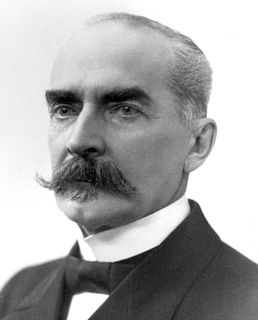
Indirect presidential elections were held for the first time in Finland in 1919. Although the country had declared Prince Frederick Charles of Hesse King on 9 October 1918, he renounced the throne on 14 December. The President was elected by Parliament, with Kaarlo Juho Ståhlberg of the National Progressive Party receiving 71.5% of the 200 votes. Ståhlberg, a moderate, liberal and reformist politician, who favoured improving the material well-being of workers and other economically poor Finns, received the votes of Social Democrats, Agrarians and Progressives. He also firmly supported the new Finnish Republic, and a parliamentary form of government with a strong President as a mediator and a political reserve for politically troubled times. Mannerheim, an independent right-winger and monarchist, suspected the democratic, republican and parliamentary form of government of producing too partisan political leaders, and of working ineffectively during crises. Ståhlberg favoured the signing of peace treaty between Finland and the Soviet Russia, while Mannerheim in the summer of 1919 strongly considered ordering the Finnish army to invade St. Petersburg to help the Russian Whites in that country's civil war. Only the National Coalitioners and Swedish People's Party voted for Mannerheim in this presidential election.
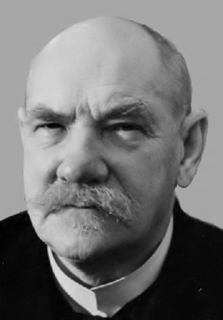
Two-stage presidential elections were held in Finland in 1931. On 15 and 16 January the public elected presidential electors to an electoral college. They in turn elected the President. The result was a victory for Pehr Evind Svinhufvud, who won on the third ballot by just two votes. The turnout for the popular vote was 47.3%. This presidential election was held during an ideologically, politically, socially and economically tense time. The Great Depression was impoverishing many Finnish farmers and workers. The far-right Lapua Movement had not settled for the ban of the Communist Party and its affiliated organizations in the autumn of 1930. It wanted to help elect a President who would also strongly oppose the Social Democrats and moderate bourgeois parties, such as the Progressives. Although Svinhufvud disapproved of the Lapua Movement's violent kidnappings of left-wing politicians and other illegal acts, he was their preferred presidential candidate. Former President K.J. Ståhlberg, a champion of democracy, parliamentarism and the rule of law, had been briefly kidnapped by some activists of the Lapua Movement with his wife in October 1930. He was chosen as the Progressive presidential candidate. Speaker of the Finnish Parliament, Kyösti Kallio, held ideals similar to those of Ståhlberg, and he became the Agrarian presidential candidate. The outgoing President, Lauri Kristian Relander, had lost the Agrarian presidential candidacy to Kallio, because he did not condemn the Lapua Movement as strongly as Kallio did, and a sufficient number of Agrarians believed that Kallio could control the Lapua Movement's extremists more effectively than Relander. Right-wing Finns and some centrists, such as a prominent Agrarian parliamentarian, Juho Niukkanen, were concerned that Ståhlberg's re-election as the Finnish President would escalate political tensions in Finland. The Commander-in-Chief of the Civil Guards, Major General Lauri Malmberg, announced in the Finnish Parliament that he would not guarantee order among the Civil Guards, if Ståhlberg was elected President. Svinhufvud's razor-thin victory required Niukkanen's arm-twisting tactics, whereby he pressured all the Agrarian presidential electors to support Svinhufvud. This 69-year-old and slightly ailing conservative politician was considered by his supporters as a sufficiently bold, solid and patriotic man to re-unite the ideologically divided Finns. His pro-democracy supporters hoped that he could keep both right-wing extremists and left-wing extremists in check.

Two-stage presidential elections were held in Finland in 1937. On 15 and 16 January the public elected presidential electors to an electoral college. They in turn elected the President. Whilst Kaarlo Juho Ståhlberg was one vote short of winning on the first ballot, the result was a victory for Kyösti Kallio, who won on the second ballot. The turnout for the popular vote was 57.8%.
Early and indirect presidential elections were held in Finland in 1940 after President Kyösti Kallio resigned on 27 November following a stroke on 27 August. The 1937 electoral college was recalled and elected Prime Minister Risto Ryti, who received 288 of the 300 votes. Most other Finnish politicians considered Ryti a principled, unselfish, intelligent and patriotic man, who could lead Finland effectively enough during World War II. His leadership qualities had been tested already during the Winter War. Also the outgoing President Kallio considered him the best available presidential candidate. In early December 1940, the Soviet Foreign Minister, Vyacheslav Molotov, interfered with the Finnish presidential elections by claiming to the Finnish Ambassador to the Soviet Union, J.K. Paasikivi, that if potential presidential candidates such as Marshal Mannerheim, former President Svinhufvud or former Prime Minister Kivimäki were elected President, the Soviet government would consider Finland unwilling to fulfill its peace treaty with the Soviet Union. Due to the lingering threat of another war and the Karelian refugees' dispersal throughout Finland, regular presidential elections were cancelled, and instead the 1937 presidential electors were summoned to elect the President. Under these tense political circumstances, Ryti had no problem winning these exceptional presidential elections by a landslide.


